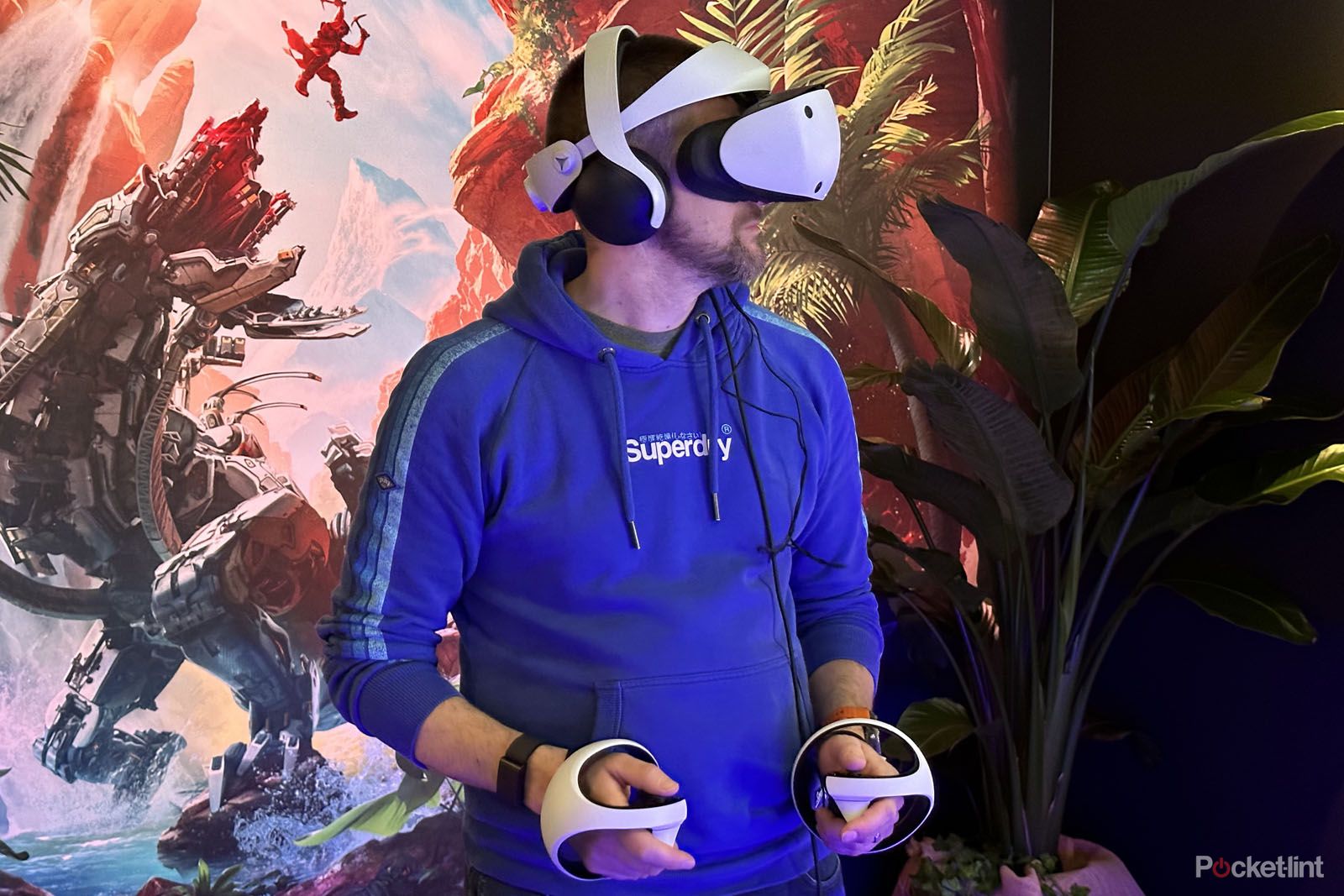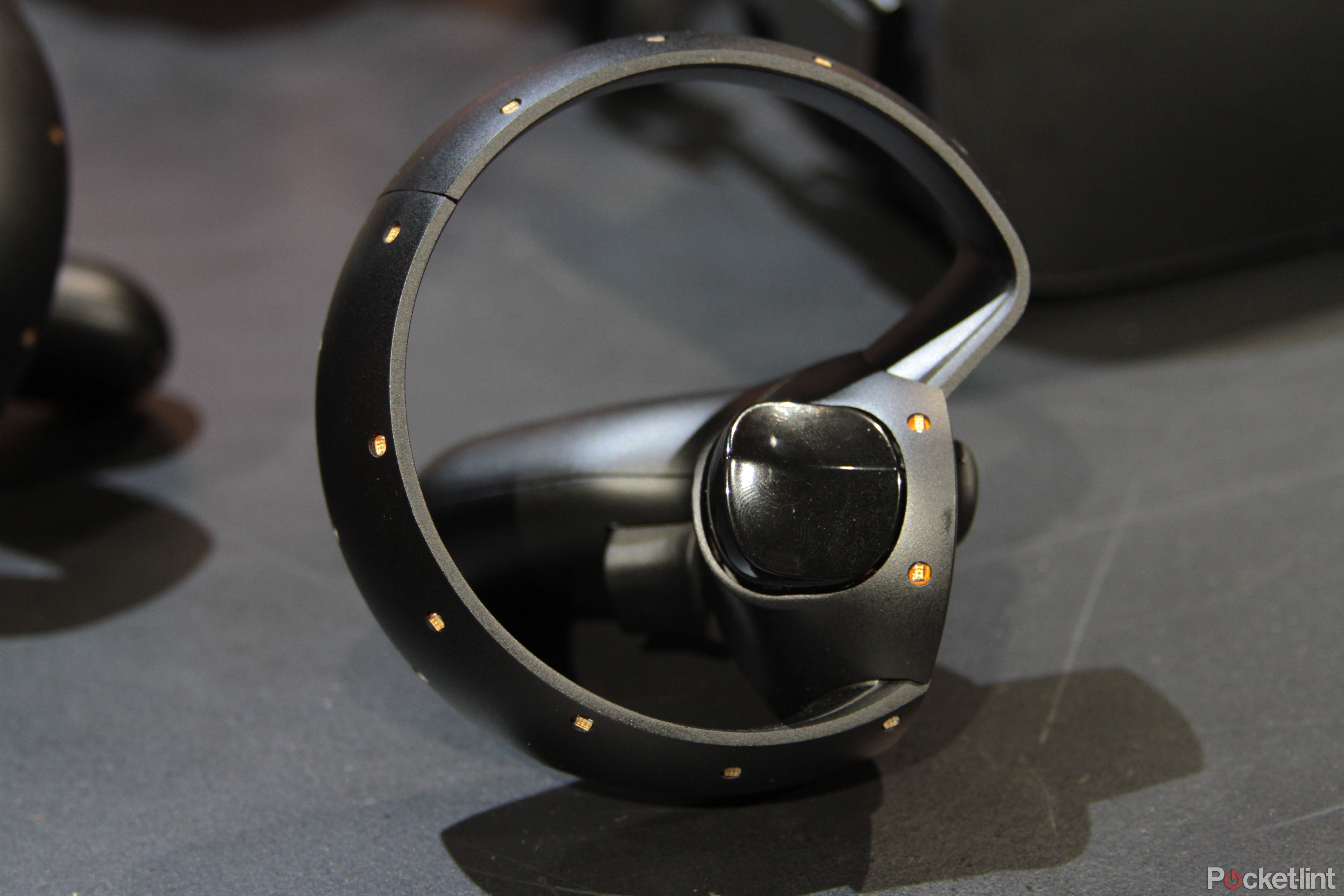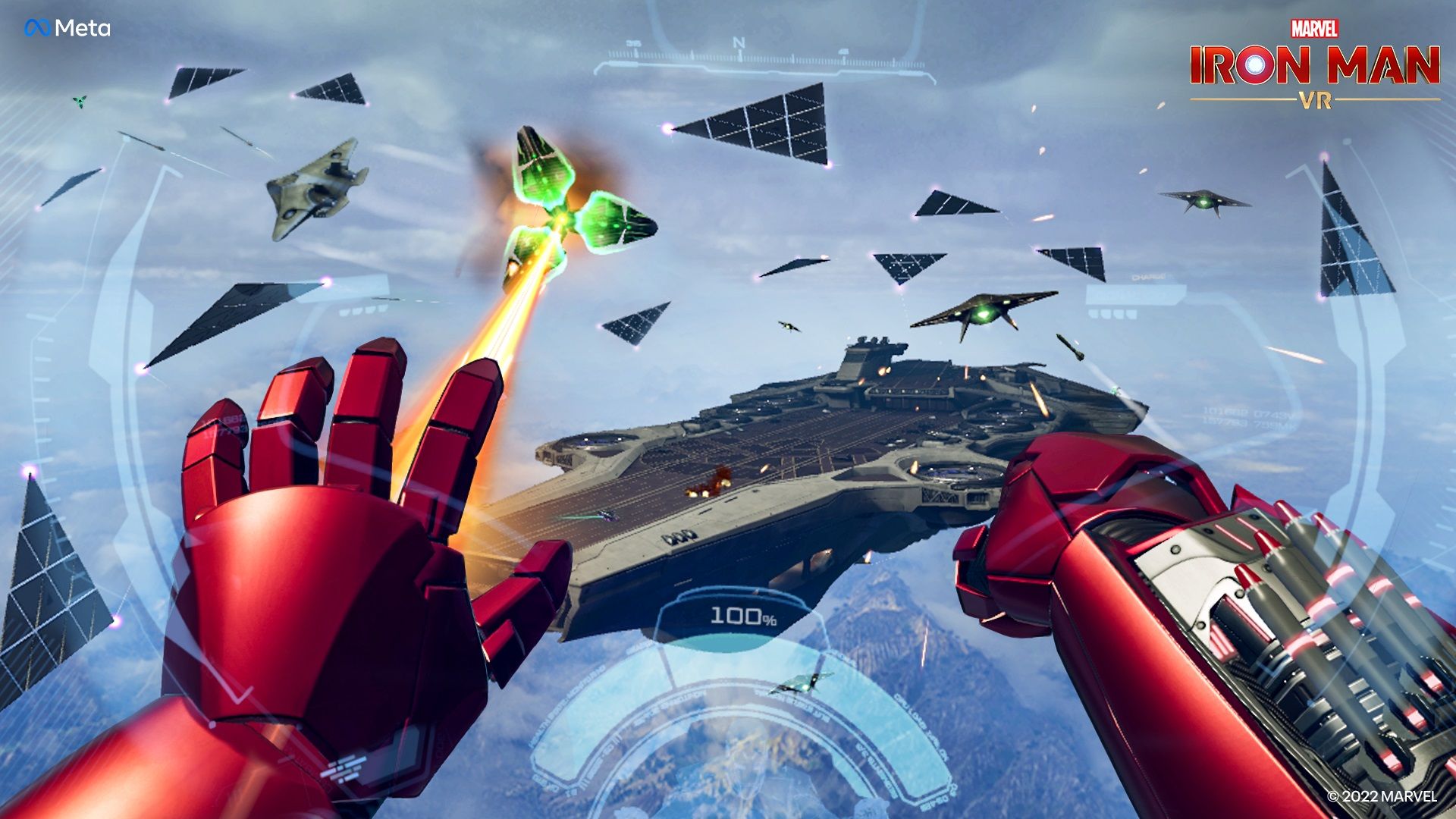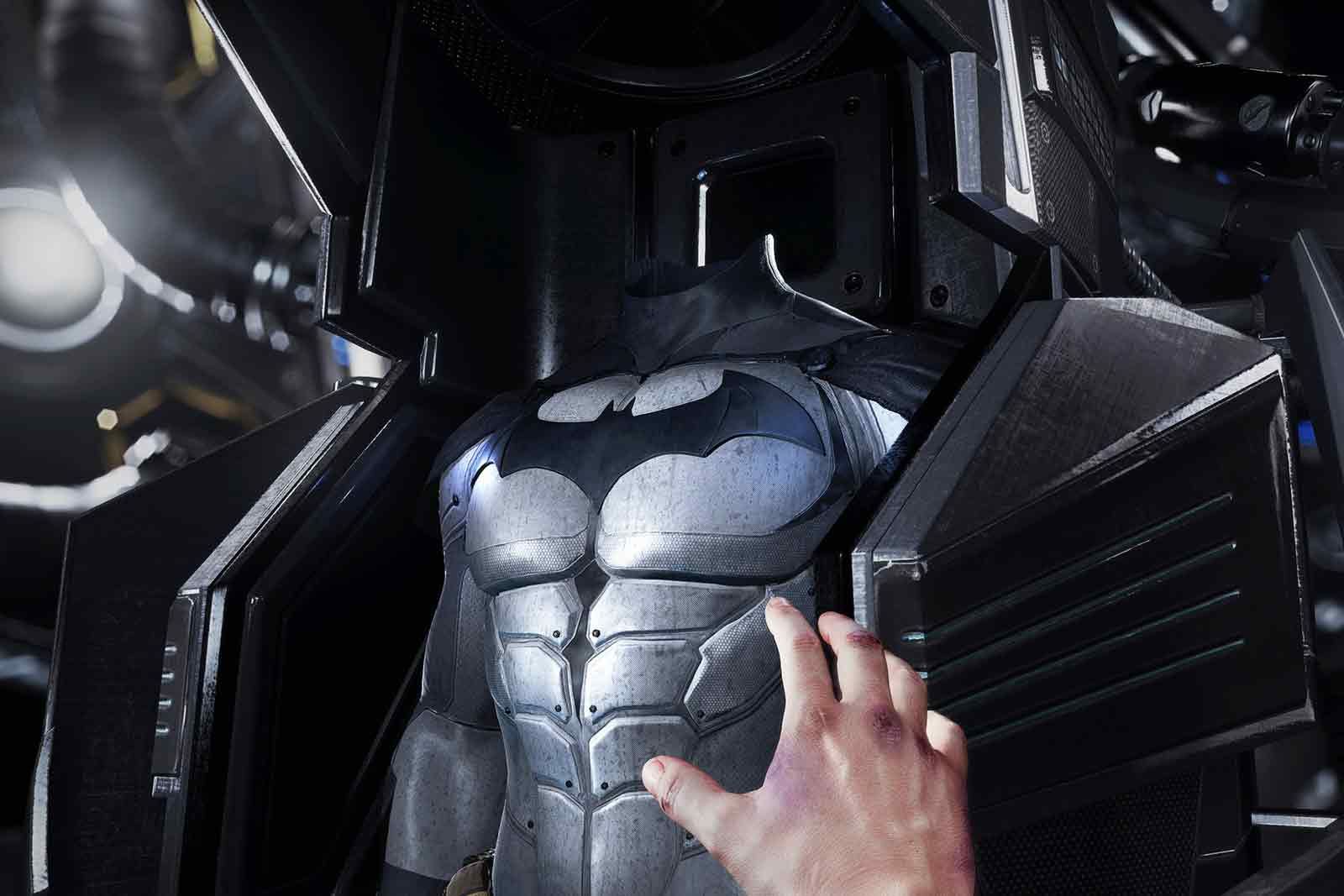Apple has been behind some genre-defining devices: the launch of the iPod in 2001, and the iPhone in 2007, changed the shape of music and mobile phones. But can it repeat the act with VR?
In 2023 Apple is expected to announce the Reality Pro headset and, if rumours are true, the stage is set for June's Worldwide Developer Conference to give us a glimpse into the future. But will Apple change the landscape for personal computing experiences? Will it redefine what virtual reality is? It might not be as simple as you think.
Doesn't being Apple just mean it will be successful?
There's a big difference between the launch of the iPod or iPhone, and the launch of Apple Reality Pro. Apple isn't leading the pack in VR, it's not going to reveal the Reality Pro and wow everyone with something that no one has ever seen before. That moment came with Oculus Rift or HTC Vive nearly a decade ago - and there have been incremental VR advancements ever since. I'm not sure that Apple will surprise anyone.
Indeed, there are rumours that Apple was concerned that it wouldn't have the "iPhone moment" when the Reality Pro was revealed. On the flip side, Apple's advantage is that many of the technologies it needs to use are already developed, already in place. It's getting all these things to work together that's the recipe for success.
Apple Reality Pro needs simple control
Control of the VR space is complicated and success for the Apple headset will depend on it being simple. This is what Apple is generally very good at, taking a complex interaction and making it work. Eye-tracking is said to be included in the Reality Pro - as it is in PS VR2 - and this will help the headset know what you're looking at. That means that the graphics can be more advanced, putting greater detail into your line of sight and reducing the fidelity of peripheral elements - so-called foveated rendering. This could make things more realistic, but it can also be useful for navigation around the UI.
But beyond that, you need to be able to easily control what's going in with your hands or your voice. Front-facing cameras and sensors already allow VR controllers to function, but being able to use your hands rather than a pair of controllers has immediate appeal - you just want to be able to reach out and touch an icon, rather than having to use some sort of clicky pointer. Of course, Apple has Siri too, and making Siri become more like J.A.R.V.I.S. from Iron Man would be an obvious move, your virtual assistant in the virtual world.
The Apple Reality Pro's xrOS interface is critical
The biggest pain point in VR headsets is the user interface. So many devices have a disjointed system of interaction, where the controls change between apps, meaning you can get stuck in places, with no idea what you're supposed to do, or how to escape from the virtual hellscape you're in. Rumoured to be called xrOS, this is where Apple's UI can really change the game.
Apple has a great track record with consistency of UI. Apple is likely to lay out the standards for xrOS that developers will have to conform to, and that will reduce the learning curve across different apps and experiences. It should be as simple to navigate Apple TV+ on Reality Pro as it is to navigate a different type of experience. That's likely to be aligned with the simple controls I discussed above, to avoid the sort of random experiences you find presented on other headsets. Again, the Apple ecosystem advantage would suggest that if you're watching Apple TV+ in VR, then a virtual controller that looks like the Apple TV controller would be available.
For Apple Reality Pro content will be king
For any VR headset to be desirable, it has to have a purpose. For the PSVR2, the biggest problem it faces is uncertainty about what first-party games are coming in the future. Who wants to buy a VR system when there's doubt about what exclusive games you'll get to play?
Apple has a greater play space than PSVR2, with Reality Pro expected to be able to use gaming, but other metaverse experiences too, including in the personal computing space. Apple has music and movies it will want to exploit - with AirPods already supporting spatial audio and head-tracking - but there are other app-based experiences that it will no doubt want to include. That's likely to cover things like messaging - Memoji-based FaceTime being an obvious target - but likely to move into other computing tasks too.
AR is something that Apple has dabbled with before, with various execs excitedly playing AR games on stage using iPads. That was never going to be the solution, but having a headset that can easily switch from VR to AR modes might be the answer. Again, the HTC Vive XR Elite is one such system, where the passthrough to the real world is amazing, driving great mixed reality experiences. Apple has long been synonymous with designers, and we suspect that designing in a 3D space will be high on the agenda.
Apple is likely to tease all of this at WWDC, to build the hype before a future release and make sure all that content is in place - and hopefully not just another version of Fruit Ninja.
What will Apple announce?
From the leaks that have surfaced so far, Apple could announce a device that is constructed from aluminium, glass and carbonfibre (explaining the $3000 price tag), with either 8K resolution or 4K resolution for each eye, with a nice high refresh rate, likely 120Hz.
It's expected to have a dedicated base station to transmit wireless to it via 60GHz WiGig, in which sits the computational hardware. That's thought to exceed the power of the Apple M2, while the U1 chip might be used for UWB proximity sensing.
That sounds like a system that will allow room-scale VR, but it will likely offer experiences across a range of use cases, from sitting and standing, to more actively jumping around. There is likely to be a showcase of commercial uses - creating VR renderings of your new kitchen design, architects' designed and other such immersive experiences, but with a little more Apple polish.
But beyond the hardware, which we're sure will be technically very capable, the entire system will depend on those core pillars - control, UI, content. While the initial $3000 price tag seems outrageous, it's likely to launch as a developer device like Microsoft's HoloLens.
I'd expect a more affordable device to follow in the future - the Apple Reality Pro SE, perhaps?




